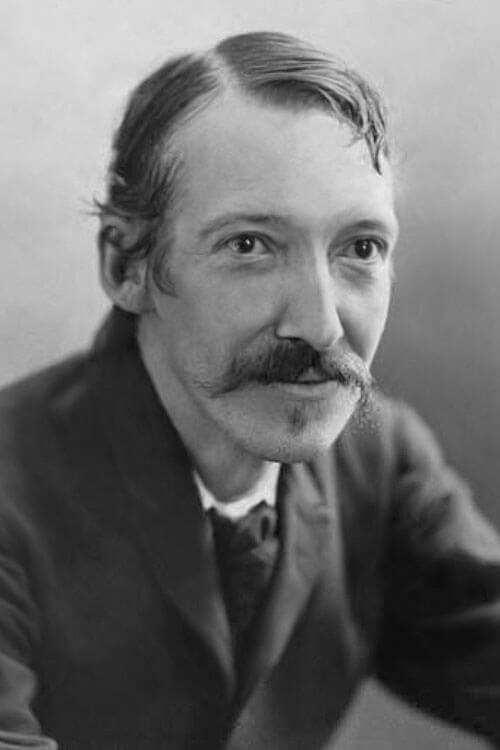
Robert Louis Stevenson
Robert Louis Stevenson (born Robert Lewis Balfour Stevenson; 13 November 1850 – 3 December 1894) was a Scottish novelist, essayist, poet and travel writer. He is best known for works such as Treasure Island, Strange Case of Dr Jekyll and Mr Hyde, Kidnapped, and A Child’s Garden of Verses.
Biography.
Born and educated in Edinburgh, Stevenson suffered from serious bronchial trouble for much of his life but continued to write prolifically and travel widely in defiance of his poor health. As a young man, he mixed in London literary circles, receiving encouragement from Andrew Lang, Edmund Gosse, Leslie Stephen, and W. E. Henley, the last of whom may have provided the model for Long John Silver in Treasure Island. In 1890, he settled in Samoa, where, alarmed at increasing European and American influence in the South Sea islands, his writing turned from romance and adventure fiction toward a darker realism. He died of a stroke in his island home in 1894 at age 44.
A celebrity in his lifetime, Stevenson’s critical reputation has fluctuated since his death, though his works are today generally acclaimed. In 2018, he was ranked just behind Charles Dickens as the 26th-most-translated author in the world.
Early writing and travels
Stevenson was soon active in London’s literary life, becoming acquainted with many of the writers of the time, including Andrew Lang, Edmund Gosse, and Leslie Stephen, the editor of The Cornhill Magazine, who took an interest in Stevenson’s work. Stephen took Stevenson to visit a patient at the Edinburgh Infirmary named William Ernest Henley, an energetic and talkative poet with a wooden leg. Henley became a close friend and occasional literary collaborator until a quarrel broke up the friendship in 1888, and he is often considered to be the inspiration for Long John Silver in Treasure Island.
Stevenson was sent to Menton on the French Riviera in November 1873 to recuperate after his health failed. He returned to better health in April 1874 and settled down to his studies, but he returned to France several times after that. He made long and frequent trips to the neighborhood of the Forest of Fontainebleau, staying at Barbizon, Grez-sur-Loing, and Nemours and becoming a member of the artists’ colonies there. He also traveled to Paris to visit galleries and theatres. He qualified for the Scottish bar in July 1875, aged 24, and his father added a brass plate to the Heriot Row house reading “R.L. Stevenson, Advocate.” His law studies did influence his books, but he never practiced law; all his energies were spent on travel and writing. One of his journeys was a canoe voyage in Belgium and France with Sir Walter Simpson, a friend from the Speculative Society, a frequent travel companion, and the author of The Art of Golf (1887). This trip was the basis of his first travel book, An Inland Voyage (1878).
Reflections on the art of writing
Stevenson’s critical essays on literature contain “few sustained analyses of style or content.” In “A Penny Plain and Two-pence Coloured” (1884), he suggests that his approach owed much to the exaggerated and romantic world that, as a child, he had entered as proud owner of Skelt’s Juvenile Drama—a toy set of cardboard characters who were actors in melodramatic dramas. “A Gossip on Romance” (1882) and “A Gossip on a Novel of Dumas’s” (1887) imply that it is better to entertain than to instruct.
Stevenson saw himself very much in the mold of Sir Walter Scott, a storyteller who could transport his readers away from themselves and their circumstances. He took issue with what he saw as the tendency in French realism to dwell on sordidness and ugliness. In “The Lantern-Bearer” (1888), he appears to take Emile Zola to task for failing to seek out nobility in his protagonists.
In “A Humble Remonstrance,” Stevenson answers Henry James’s claim in “The Art of Fiction” (1884) that the novel competes with life. Stevenson protests that no book can ever hope to match life’s complexity; it merely abstracts from life to produce a harmonious pattern.





